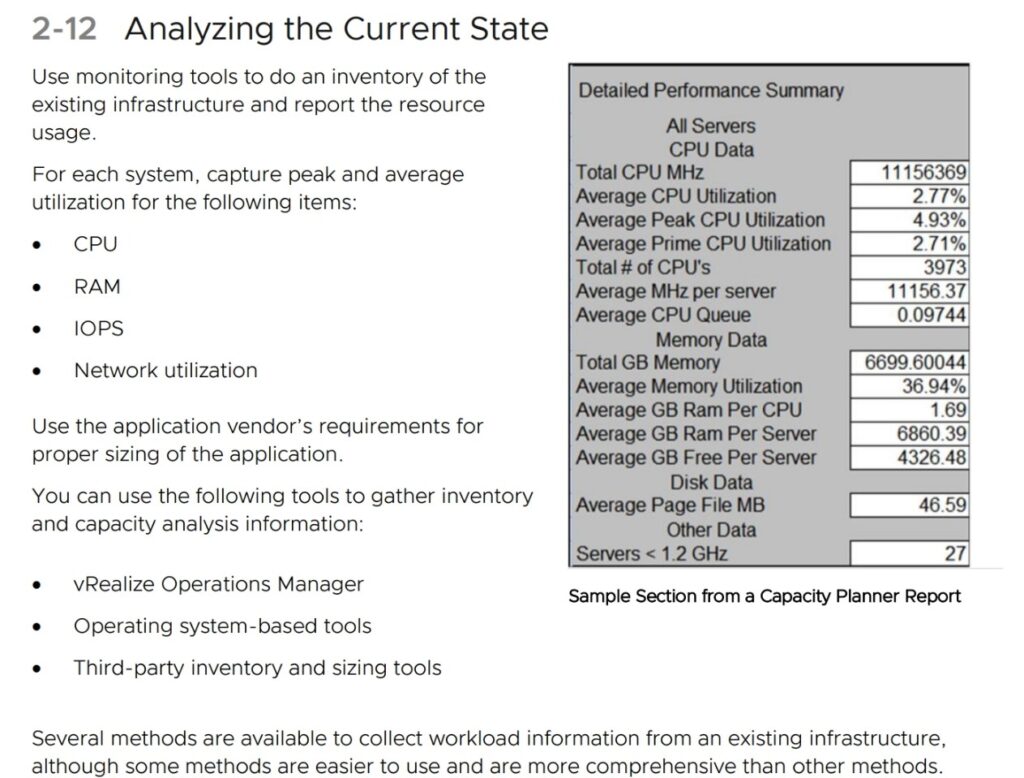Implementing SD-WAN (Software-Defined Wide Area Network) for branch office connectivity is a strategic move to enhance network performance, reduce costs, and improve manageability. Here’s a detailed step-by-step guide to help you implement SD-WAN effectively:
Step 1: Assess Business and Technical Requirements
- Understand Business Needs:
- Determine why SD-WAN is being implemented (e.g., cost reduction, better performance, enhanced security, or cloud connectivity).
-
Identify application priorities (e.g., VoIP, video conferencing, SaaS applications like Office 365, etc.).
-
Evaluate Current Network Infrastructure:
- Assess your existing WAN setup (MPLS, broadband, LTE, etc.).
-
Inventory all branch office locations, network devices, and connectivity requirements.
-
Define Goals and SLAs:
- Set clear objectives for bandwidth, latency, packet loss, and reliability requirements.
Step 2: Plan the SD-WAN Solution
- Vendor Selection:
- Research and evaluate SD-WAN vendors like Cisco Viptela, VMware (VeloCloud), Fortinet, Aruba, Palo Alto, etc.
-
Consider factors like scalability, ease of management, security features, and integration with your existing infrastructure.
-
Network Design:
- Plan for a hybrid WAN setup if needed (e.g., MPLS and broadband/LTE).
-
Identify branch offices and prioritize connectivity based on criticality.
-
Security Considerations:
-
Ensure the SD-WAN supports features like end-to-end encryption, secure tunnels, zero-trust network access (ZTNA), and integration with firewalls.
-
Cloud and SaaS Integration:
- Check if the SD-WAN solution offers optimized paths to cloud providers (AWS, Azure, Google Cloud) and SaaS applications.
Step 3: Prepare the Infrastructure
- Upgrade Network Hardware:
- Deploy SD-WAN edge devices or virtual appliances at branch offices.
-
Ensure compatibility with existing routers, firewalls, and switches.
-
Connectivity Options:
-
Procure multiple ISP connections (broadband, LTE, fiber, etc.) for redundancy and load balancing.
-
Centralized Controller Setup:
- Deploy the SD-WAN controller (cloud-based or on-premises) for centralized management.
-
Ensure it integrates with your existing network monitoring and management tools.
-
QoS and Application Policies:
- Define application-specific policies for traffic prioritization (e.g., prioritize VoIP over file downloads).
Step 4: Deploy and Configure SD-WAN
- Install SD-WAN Devices:
- Install and configure SD-WAN edge devices at branch offices and the central data center.
-
Connect the devices to all available ISPs.
-
Establish Connectivity:
-
Configure secure tunnels (IPsec or TLS) between branch offices and the main data center or cloud.
-
Policy Configuration:
- Implement application-aware routing to direct traffic based on performance requirements (e.g., route real-time traffic over low-latency links).
-
Configure failover policies to ensure seamless connectivity during link failures.
-
Security Setup:
-
Enable unified threat management (UTM) features, such as intrusion prevention, malware scanning, and URL filtering.
-
Testing and Validation:
- Test connectivity, failover scenarios, and application performance.
- Validate that SLA requirements are being met.
Step 5: Monitor and Optimize
- Centralized Monitoring:
- Use the SD-WAN management dashboard to monitor network performance, bandwidth usage, and link health.
-
Set up alerts for potential issues (e.g., link failures, high latency).
-
Analytics and Reporting:
- Leverage SD-WAN analytics to understand traffic patterns and optimize policies.
-
Generate reports for management and compliance purposes.
-
Ongoing Optimization:
- Continuously tweak policies to align with changing business needs or application requirements.
- Regularly update firmware/software to address vulnerabilities and improve performance.
Step 6: Train IT Staff
- Provide training to your IT team on:
- Managing the SD-WAN solution.
- Troubleshooting connectivity issues.
-
Understanding analytics and optimizing policies.
-
Educate branch office personnel on basic troubleshooting steps (e.g., checking ISP connectivity).
Step 7: Evaluate ROI and Future Scalability
- Monitor the impact of SD-WAN on:
- Network costs (e.g., MPLS vs broadband savings).
-
Application performance and user experience.
-
Plan for future scalability:
- Add new branch offices or cloud environments as needed.
- Integrate with other IT initiatives (e.g., cloud migration, IoT, AI).
Key Considerations:
- Redundancy: Always have dual links (e.g., broadband + LTE) for failover.
- Security: Use end-to-end encryption and integrate SD-WAN with your existing security stack.
- Cloud Integration: Ensure the SD-WAN provides direct and optimized access to cloud applications.
By following these steps, you can implement an SD-WAN solution that enhances connectivity, improves performance, and aligns with your organization’s IT strategy.

Ali YAZICI is a Senior IT Infrastructure Manager with 15+ years of enterprise experience. While a recognized expert in datacenter architecture, multi-cloud environments, storage, and advanced data protection and Commvault automation , his current focus is on next-generation datacenter technologies, including NVIDIA GPU architecture, high-performance server virtualization, and implementing AI-driven tools. He shares his practical, hands-on experience and combination of his personal field notes and “Expert-Driven AI.” he use AI tools as an assistant to structure drafts, which he then heavily edit, fact-check, and infuse with my own practical experience, original screenshots , and “in-the-trenches” insights that only a human expert can provide.
If you found this content valuable, [support this ad-free work with a coffee]. Connect with him on [LinkedIn].




